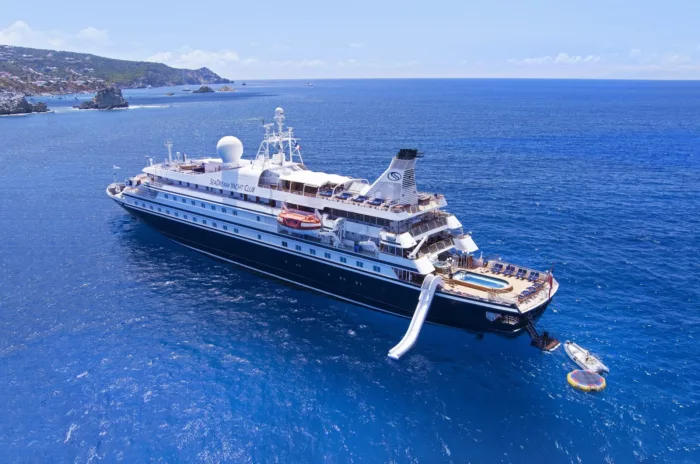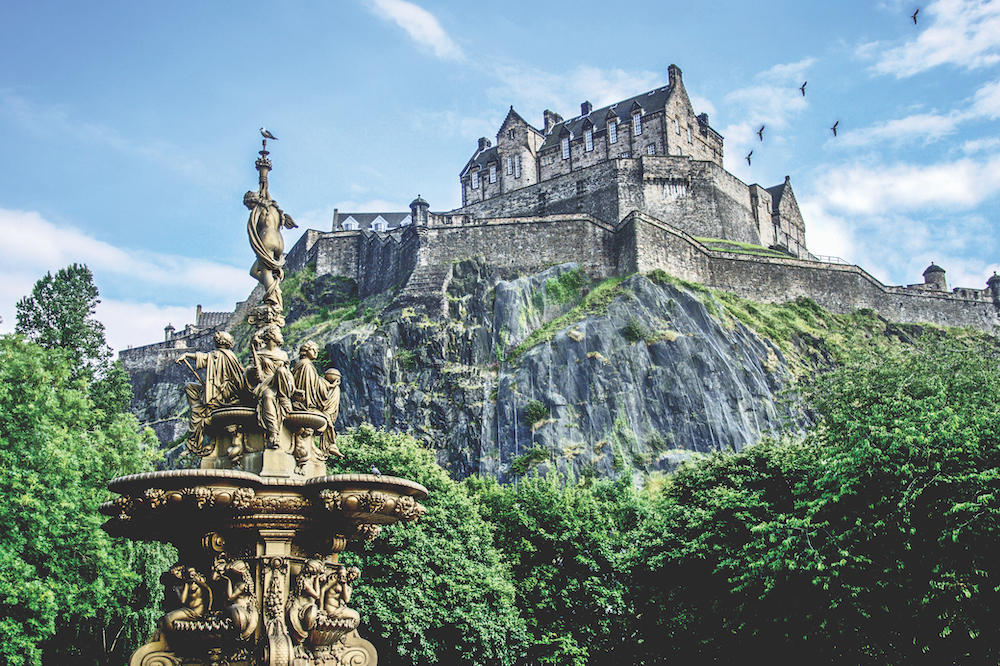
SeaDream Yacht Club
SeaDream led the industry down a path of post-lockdown recovery during a Norwegian cruise. However, the line's two 112-passenger ships are more at home in the Med and Caribbean, where they can offer a "champagne in the surf" experience.
Dining and sleeping are offered on deck, thanks to an outdoor restaurant and a series of Balinese beds. Champagne, strawberries and towel swans add to the romance.
112
Passengers
95
Crew
1984
Launched
2022
Last refit
4300t
Tonnage
105m
Length
14m
Width
15kts
Speed
5
Decks
USD
Currency
Cruise Itinerary
Day 1
Barcelona, Spain
Day 2
Palamós, Spain
Day 3
Collioure, France
Day 4
Cassis, France
Day 5
Sanary-sur-Mer, France
Day 6
Saint-Tropez, France
Day 7
Fréjus, France
Day 8
Nice, France

Day 1
Barcelona, Spain

Day 2
Palamós, Spain

Day 3
Collioure, France

Day 4
Cassis, France

Day 5
Sanary-sur-Mer, France

Day 6
Saint-Tropez, France

Day 7
Fréjus, France

Day 8
Nice, France
Ship Details


SeaDream Yacht Club
SeaDream I
Twin mega-yachts SeaDream I & II are intimate boutique ships that provide a unique travelling experience unlike any other cruise vacation.
Cabins
All Prices














